Working in the schools for many years, I see that teachers have less and less time to work one-on-one with a child that has fine motor difficulties. I therefore try to provide teachers with tools that they can easily incorporate into their classroom stations so that children are working on fine motor skills any chance they get. These simple changes are a wonderful pro-active way to make your stations go from great to AWESOME!
Advice from an OT:
1-Add clothespins:
The resistance from the clothespins strengthens pincer grasp. Just make sure that children are using a squeezing the pins with their thumb and index finger (they can also add middle finger if the strength is not there) all other fingers must be tucked in the palm of the hand.
Ex: Pick up pompoms to count or sort, write upper case letters on clothespins and have children match them to a card with its lowercase match.
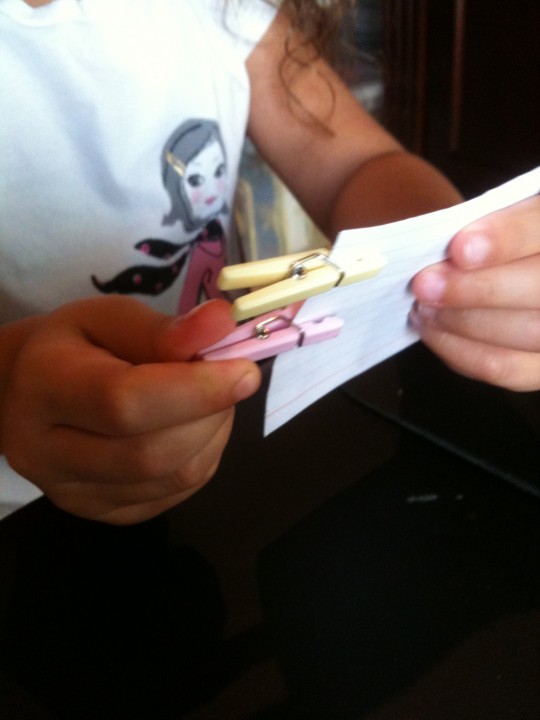
2. Add Adaptive chopsticks or tweezers:
The important thing is the placement of the fingers on these tools. We are looking to mimic a pencil grasp. Make sure that children use their thumb and index finger only. All other fingers are tucked inside the palm of the hand. The webspace (space between the thumb and index finger is open and forms an O, not flat. Use for all stations that require picking up items.
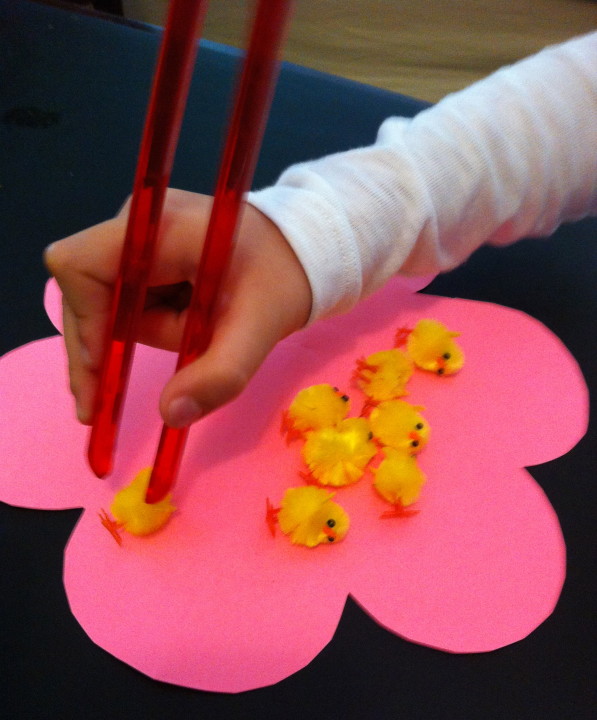
3. Play doh or putty:
The resistance of the dough helps strengthen little fingers. There are so many ways to use dough. Ex: hide items in the dough and have children dig with little fingers, make little balls using the thumb, index and middle finger only to make little balls (these can be used to count), roll the dough to create letters and numbers, use dough to teach cutting, make stamps and imprints.
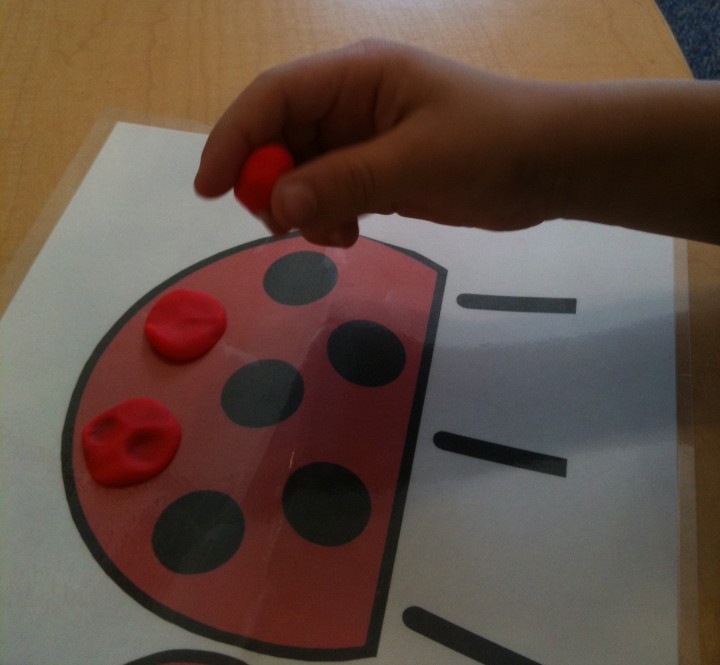
4. Tiny items:
Use neat pincer grasp (i.e. thumb and index finger only, all other fingers tucked in the palm of the hand) to pick up tiny items like beads, beans, cheerios and mini shaped erasers (my favorite).
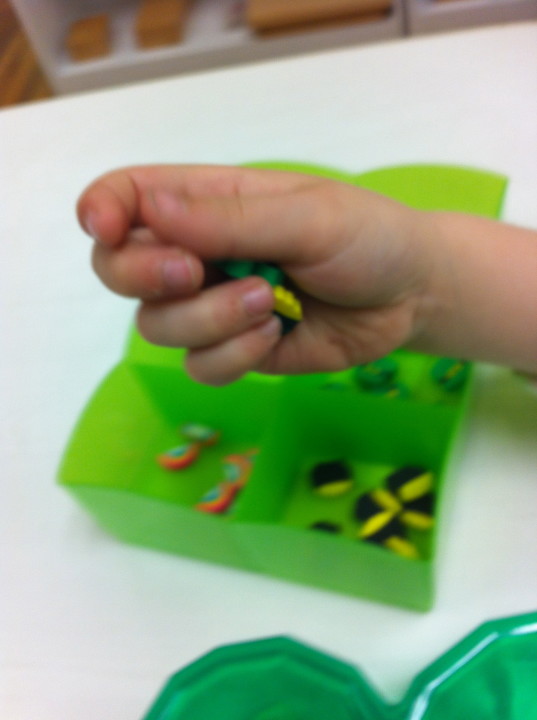
5. Use coins or buttons:
An important skill to improve dexterity involves Nesting and retrieving small items. Nesting: Use the thumb and index finger to pick up coins and hold them in the palm of the same hand. Retrieving: hold coins in the palm of the hand and “wiggle” fingers to retrieve one coin at a time from the palm of the hand to the tip of the thumb and index finger. Use coins count, sort or stack.
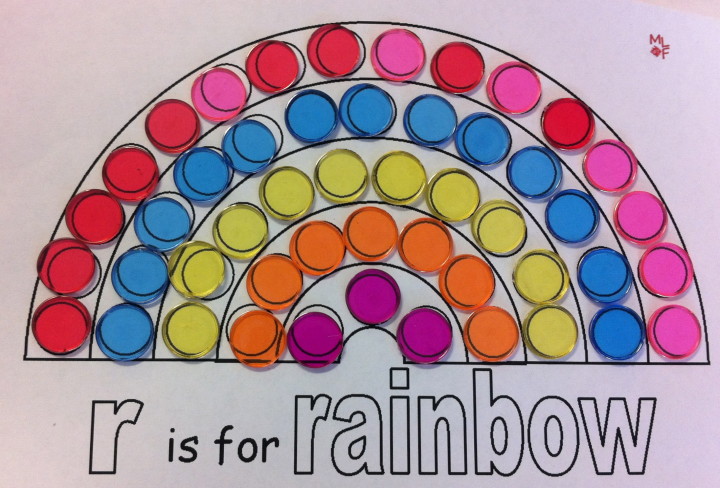
6. Push pins:
Place worksheets on a cork board and use pushpins. Children use a neat pincer grasp to hold the pin. I like using the extra-large push pins for little kids but you can use a variety of sizes. Ex: Draw a shape on construction paper, have kids push on the outline of the shape to “cut” out the figure, kids make letters using several pushpins, use for counting, use to poke the answer from worksheets.
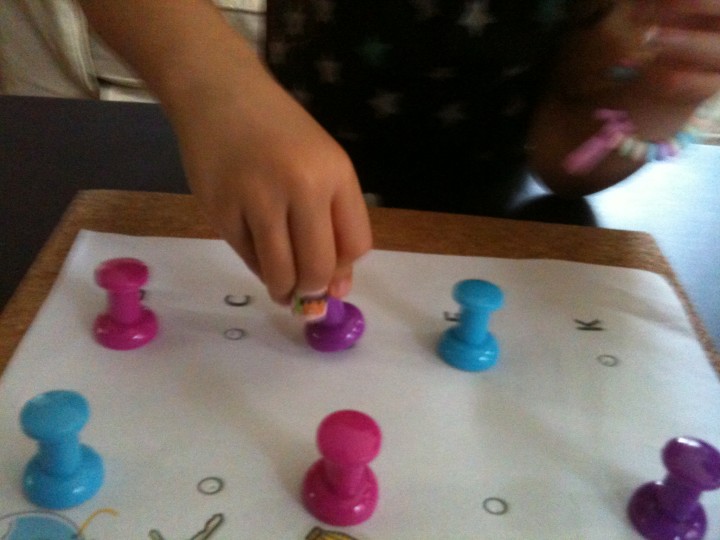
7. Use rice or bean bins:
An important skill to develop is tactile discrimination. This means that children use their fingers only to feel for items without visually monitoring what their fingers are doing. (This is useful when fastening buttons on oneself. We are more efficient closing buttons without visually monitoring our fingers). Hide items in bean bins for sorting, counting, categorizing, alphabet games like hiding all sorts of small figurines and asking children to find the ones that begin with the letter A only.
8. Stickers:
Peeling stickers is a great way to use little fingers and improve pincer grasp. Use stickers with numbers, letters, colors, categories etc…
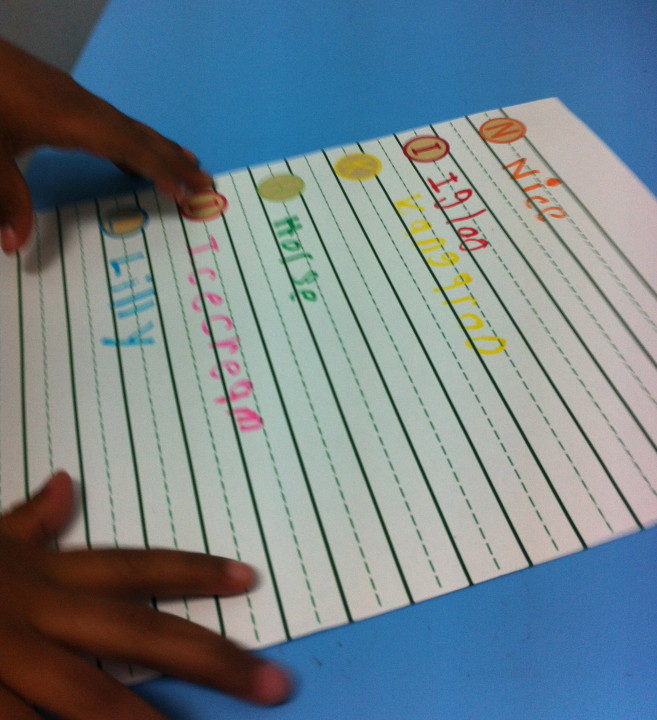
9. Easels:
One of the best tools to use to strengthen the wrist and position fingers correctly in preparation for handwriting. Put all worksheets on easels.
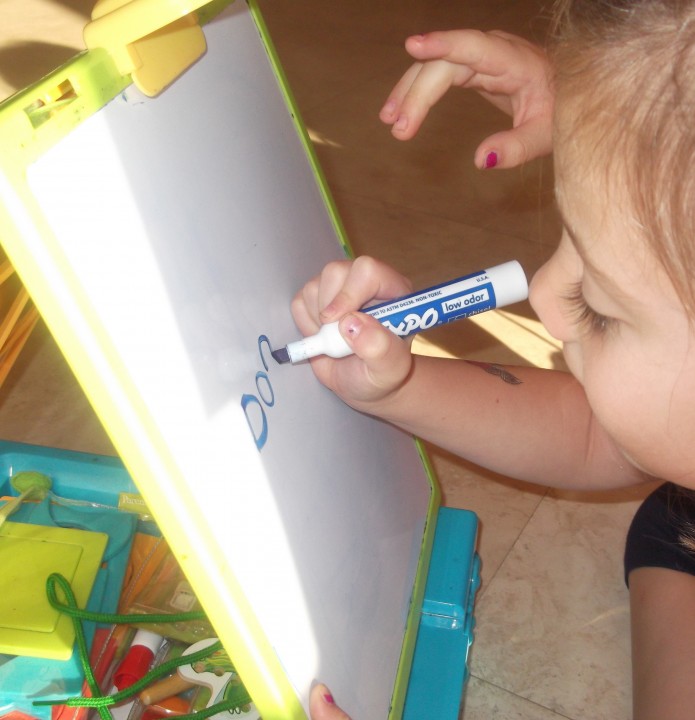
10. Use containers with fasteners, twist tops and lids:
Place items such as cards, blocks etc.. in Ziploc bags or pencil cases that have zippers, buttons or snaps. It strengthens fingers to open and close them to retrieve items from inside them.
11. Use Manipulatives:
When picking manipulatives for counting or letters etc… try to pick some that that have resistance such as lego, links etc… (instead of blocks). Learning Resources has some great options.
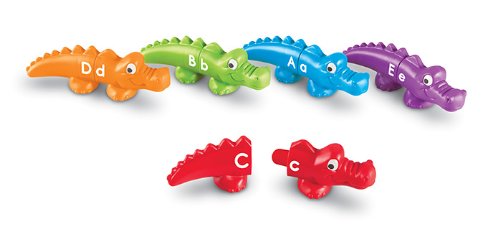
12. Use grippers, fat and short writing tools:
When picking tools for writing, choose short and fat markers/crayons. You can also attach grippers to all pencils.
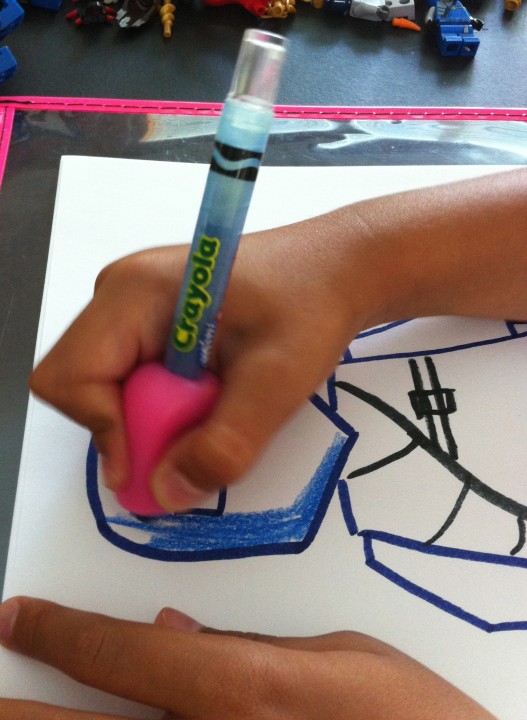
13. Use a stylus:
When children are using iPads, use a stylus with a gripper on it to mimic pencil grasp. Children are very motivated to use iPads and therefore using a stylus (with a gripper) gives them the chance to practice proper pencil grasp which they can then carry over during handwriting.
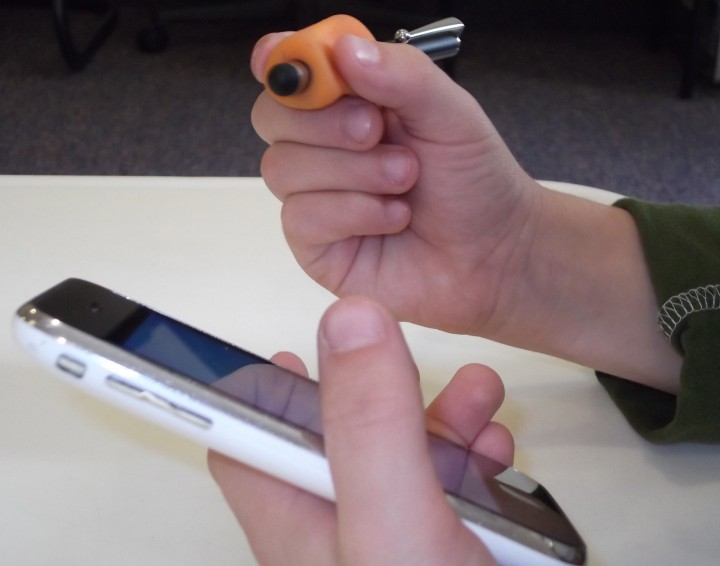
14. Use dry erase boards:
Dry erase boards and markers are great for teaching skills. I find that children are so excited to use these tools, more fun and appealing than a pencil and paper. When teaching something new, consider using easels!
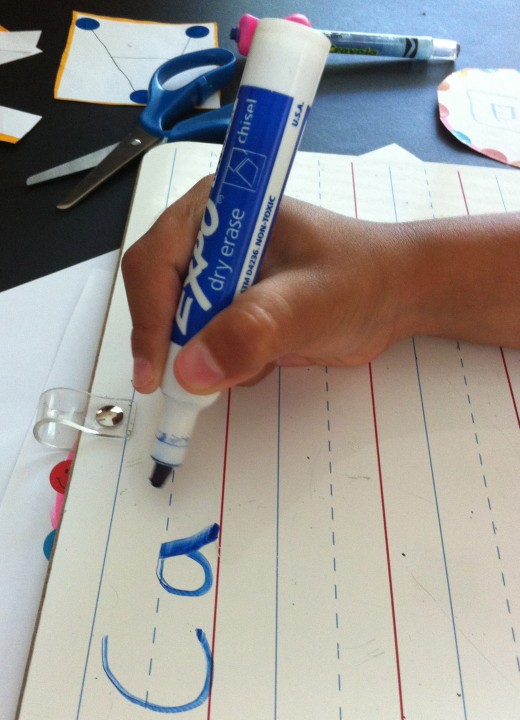



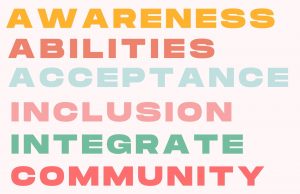

2 thoughts on “14 Most Effective Tools to Add to Classroom Stations”
I am looking for instructions to make the ice cream/cone button activity out of felt.
very helpful… I am going to try this with my son.